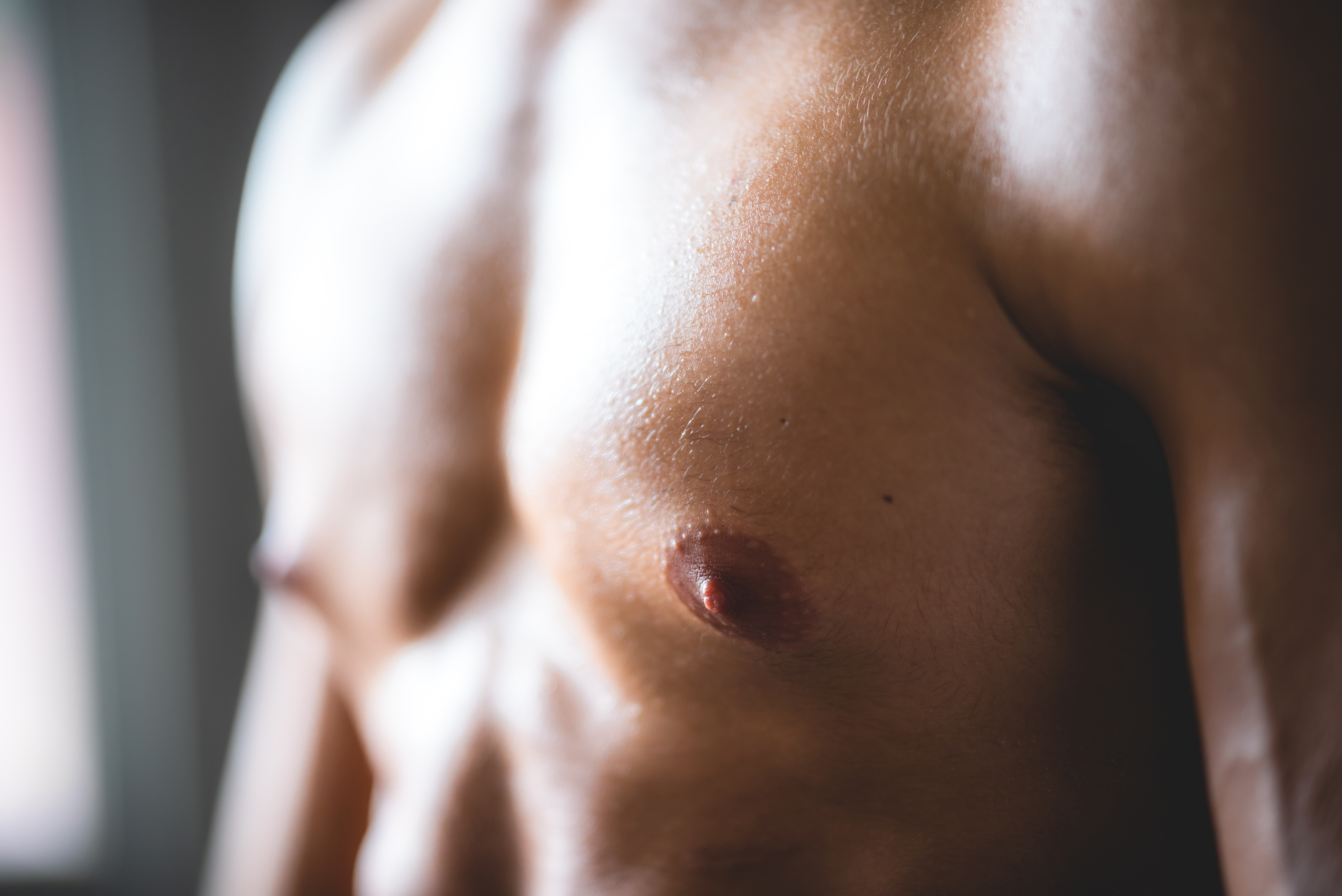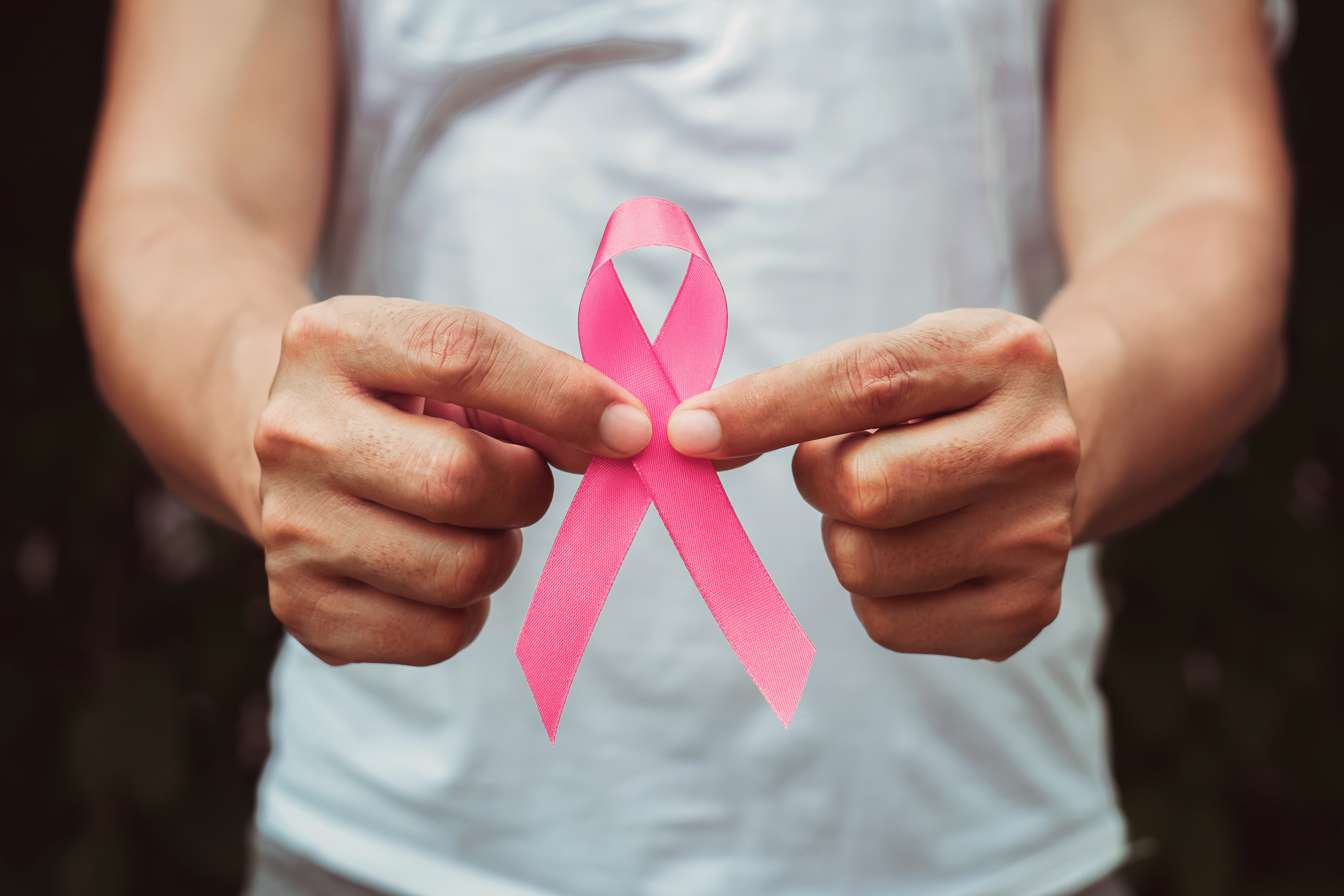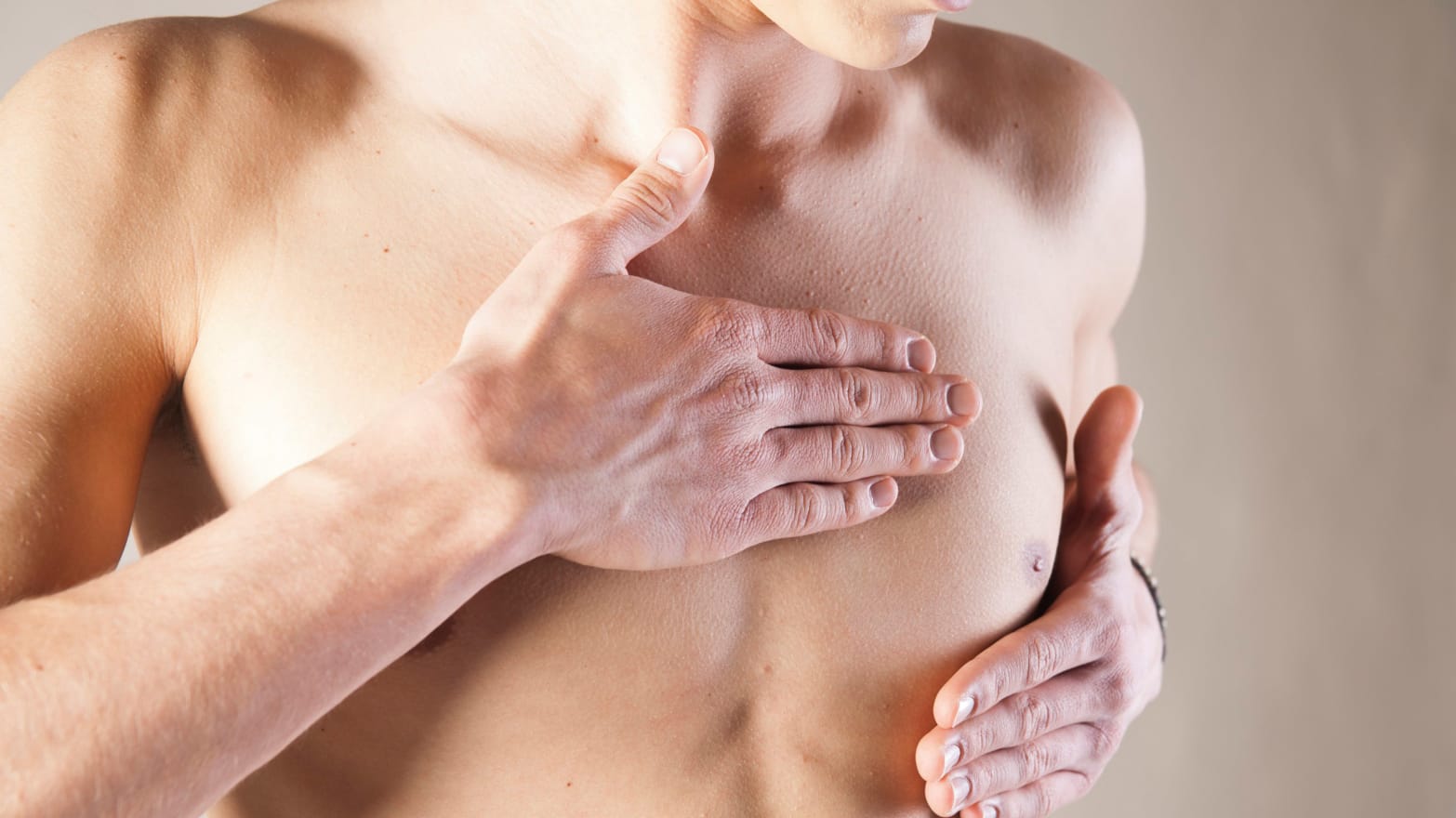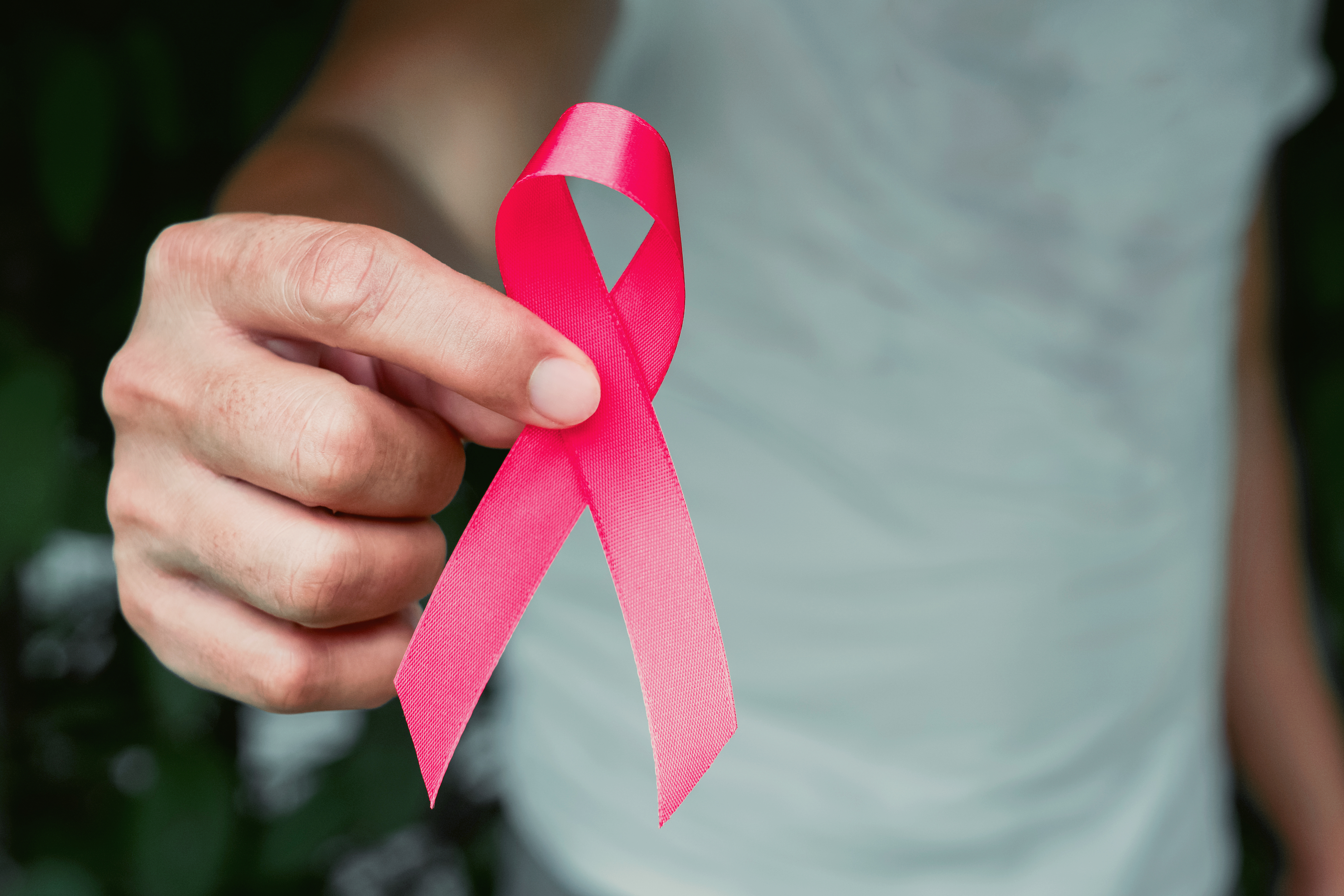PSA: Breast Cancer Doesn't Just Affect Women — Men Can Get It Too
Due to a lack of awareness about male breast cancer, most men are only diagnosed once it is already at an advanced stage.
Breast cancer is often considered a "women-only" illness, but this is a common misconception — though rare, men can also get breast cancer
This is because everyone is born with some amount of breast tissue. During puberty, women begin to grow more breast tissue, while men generally do not. But because of the small amount of breast tissue they already have, men are still at risk, albeit low, of developing breast cancer.
Male breast cancer can occur at any age, although it tends to develop most often in older men.
There are a few common types of breast cancer in men:
The most common type of male breast cancer is called ductal carcinoma, which is cancer that begins in the milk ducts (the tubes that connect to the nipple). There are two types — invasive ductal carcinoma and ductal carcinoma in situ.
In the first type, the cancer cells start to grow in the ducts before spreading outside into other parts of the breast tissue. As for the second type, the cancer cells are only in the lining of the ducts and have not spread to the rest of the breast tissue.
There's also lobular carcinoma, another type of male breast cancer that begins in the lobules (glands that have the potential to make breast milk). This type is less common for men as they usually have fewer lobular cells.
Other types of breast cancer for men, including Paget's disease of the nipple and inflammatory breast cancer, are rare.
As with breast cancer in women, there are risk factors as well as signs and symptoms that men can look out for
Just like in women, the risk for breast cancer in men increases with age. But while the risk is higher for women above the age of 40, for men, the risk is higher for those in their 60s and above.
Other risk factors for men include family history of breast cancer and genetic mutations, as well as if one has liver disease, obesity, thyroid problems, high oestrogen levels, or Klinefelter's syndrome (a rare genetic condition where a man is born with an extra female chromosome).
The risk is also higher for men who have undergone hormone therapy for prostate cancer, taken medicines containing oestrogen, or have had testicle disease or testicle surgery.
Sadly, many men only find out they have breast cancer once it is already at an advanced stage, because there is a lack of awareness about male breast cancer.
Here are some signs men can look out for that could indicate breast cancer:
- a painless lump or swelling in the breast/chest area
- discharge, oozing, or bleeding from the nipple
- changes in nipple skin colour or scaling
- nipple retraction (nipple turning inward)
- changes to the skin of the chest area (dimpling, puckering, scaling, skin discolouration, redness, flaky skin etc.)
- pain in the nipple area
- a sore (ulcer) in the skin of the breast
- lump or swelling under the arm
- a rash on or around the nipple
When it comes to diagnosis and treatment of breast cancer, the options are pretty much the same for both men and women
Both men and women can and should be conducting regular breast self-examinations (BSE) in order to check for any changes.
You can do a BSE by moving the tips of your fingers in a spiral motion, moving from the outside to the inside of your breast area. Look out for the signs mentioned earlier, and make sure to consult a medical professional if you notice anything out of the ordinary.
Diagnosing breast cancer typically starts with getting scans such as ultrasounds or X-rays done, after which you may have a biopsy done if the tests reveal any anomalies. If the biopsy shows the presence of cancer, you may have other tests such as an MRI, CT scan, or bone scan to determine if it has spread.
As for treatment, it depends on a number of factors, including the stage and grade of cancer, whether the cancer cells have receptors for particular hormones, and your general health.
Based on your specific condition, your doctor may recommend treatments like surgery, chemotherapy, radiotherapy, hormone therapy, and targeted cancer drugs, or even a combination of a few different options.
In the case that surgery is required, a mastectomy will be performed.
This means that the whole breast will be removed, including the nipple.
For men, it is usually not possible to leave any breast tissue behind, as most do not have a lot of breast tissue in the first place. Sometimes, part of the underlying muscle and some of the lymph nodes from the armpit may also be removed, in the case that it is too close to the cancer.
If you want, after you've completed your post-surgery treatment, you can opt for reconstructive surgery to make a new nipple. This would usually be done a few months after the initial mastectomy, as you'll need to give the wound time to heal and wait for any swelling to go down.
One option is to use skin from another part of your body, like the groin, to create the shape of a nipple on your chest. This new "nipple" won't have any feeling, nor will it respond to touch or temperature.
You could also choose to get a nipple and areola tattoo, or you can use stick-on nipples.
Whether in men or women, breast cancer is treatable, especially when detected early.
That's why raising awareness and early detection is so important — to increase chances of treatment success and hopefully save more lives.
References: Centers for Disease Control and Prevention, Mayo Clinic, Cancer Research UK, Universiti Putra Malaysia
The information provided is for educational and communication purposes only and it should not be construed as personal medical advice. Information published in this article is not intended to replace, supplant or augment a consultation with a healthcare professional regarding the reader’s own medical care.
Visit The Pink Ribbon to learn more about breast cancer, raise awareness, and provide support to those who need it most!






